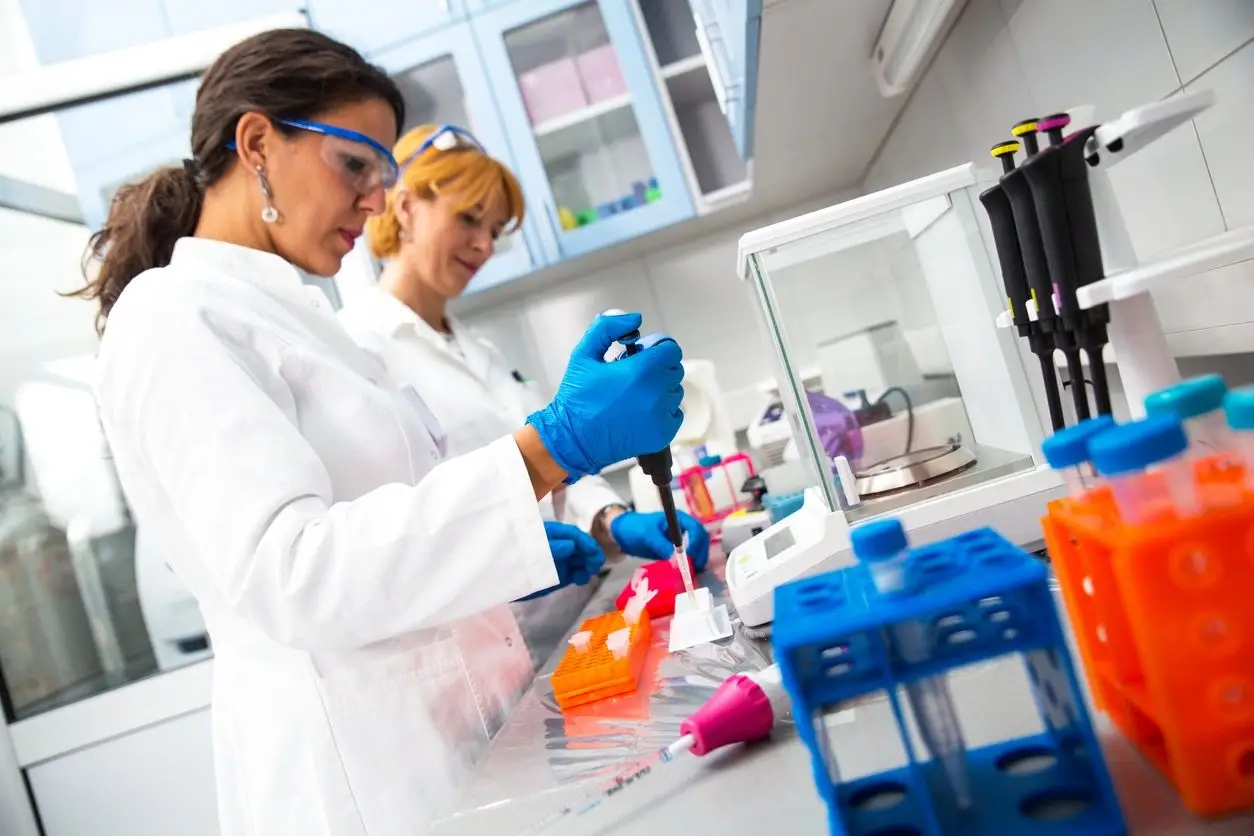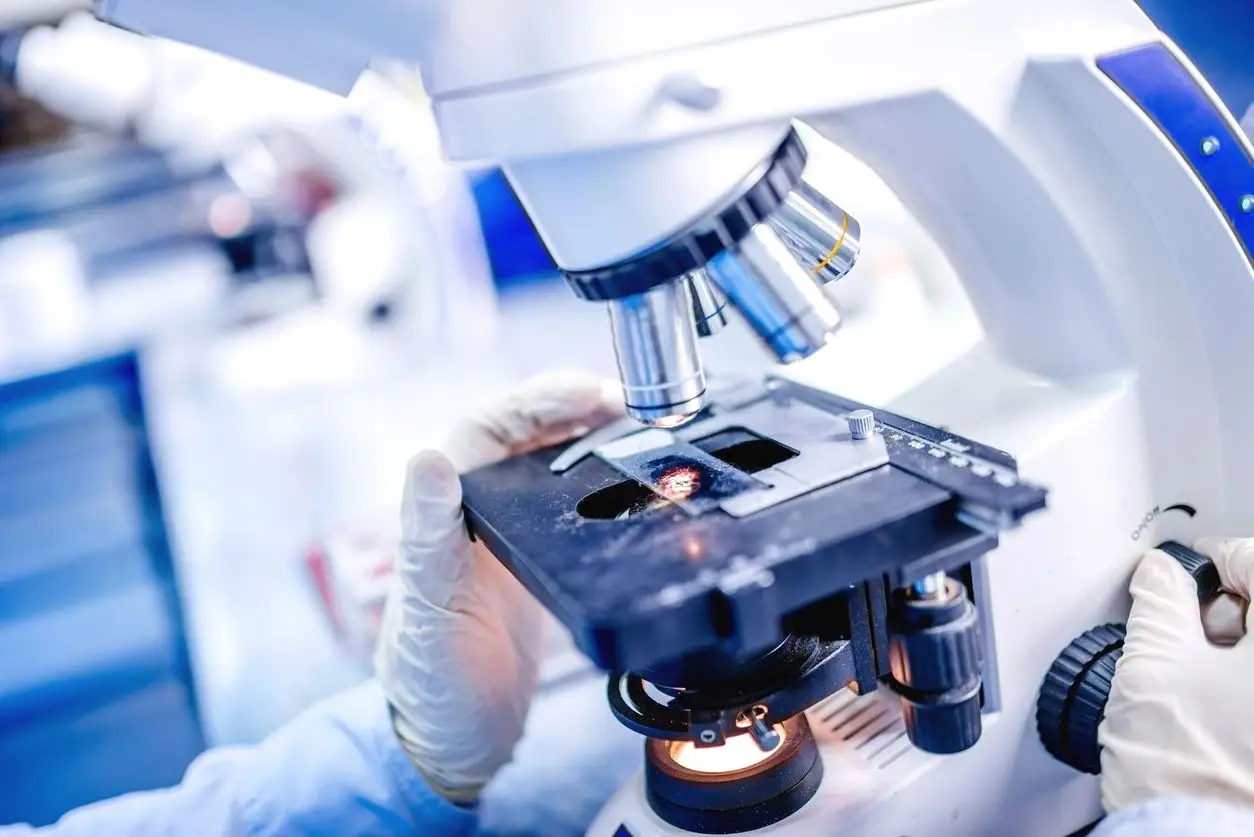Pulmonary Hypertension Tripartite Global Registry
Initiative 1 GoDeep: Professor Werner Seeger, Justus-Liebig University Giessen, Germany
Initiative 2 GoGlobal: Professor Paul Hassoun, Johns Hopkins School of Medicine, USA
Initiative 3: Global Health: Professor Paul Corris, Newcastle University, UK
Creation of a ”GoDeep” database, hosted at the Justus Liebig University Giessen, Germany, which will be highly granular and involve deep phenotyping in terms of demographics, hemodynamics, imaging, and serum biomarker parameters susceptible to be used for sophisticated research purposes.
Creation of a ”GoGlobal” registry, hosted by researchers at the Hopkins Bloomberg School of Public Health, which will bring under one PVRI umbrella several registries from centers around the world with data entries limited to demographics and diagnoses. The aim is to provide a global overview of the prevalence and etiology of pulmonary vascular diseases and pulmonary hypertension throughout the world.
This initiative, within the tripartite project, addresses the PVRI in the wider context of the global health agenda, will aim to achieve global health representation with global health agencies. Effective advocacy campaigns will endeavor for pulmonary vascular disease to be recognized as a global disease burden by the World Health Organization (WHO) and other recognized bodies with a global health focus, such as the World Heart Federation (WHF) and the Non-Communicable Disease Alliance (NCDA).
Educational Grant To Support International Meetings on Infection and Pulmonary Vascular Diseases
Ghazwan Butrous and Magdi Yacoub
The risk of subjects developing pulmonary hypertension (PHT) is perhaps four to six times higher in developing countries compared to developed regions probably because of infectious diseases such as schistosomiasis and other helminthic diseases, viral infection such as HIV, fungal infections, like P. brasiliensis which causes paracoccidioidomycosis, and bacterial infections such as B. pertussis, and tuberculosis. A need arises for more systematic and coherent efforts to investigate the role of infection in PHT. Thus, a group of scientists met in Canterbury on October 24–25, 2018 and established a consortium (iPVD) to enhance research and education in this area.
To achieve some of the consortium’s goals is to have regular international meetings to increase awareness and further education and to be a vehicle to establish a research collaboration between scientists in developed and developing countries. The consortium is planning the first International Symposium on Infection and Pulmonary Vascular Diseases in Aswan, Egypt 21-11, October 2019 and the second International symposium on 28th January 2020 in Lima, Peru before the 14th PVRI Word Congress (29/01–3/02 2020 in Lima, Peru).
Pulmonary Vasculature in Development, Injury, and Repair
Grover Conference
The 2019 Grover Conference on the Pulmonary Vasculature in Development, Injury and Repair will be the 19th in this series, representing the longest-standing conference on Pulmonary Circulation. Today, it remains the principal conference for pulmonary vascular function. Relatively small groups of attendees and highly focused topics facilitate maximal contact for scientific discourse. The molecular tools available to interrogate the biology of the pulmonary vasculature are ever more powerful. Yet, changes in the transcriptome of the lung across organismal life span remain incomplete. The present conference will seek to wed the biology of pulmonary vasculature with novel, transcriptomic-based approaches. Participants will gain new insights into the tools that can now be brought to bear on the cellular constituents of the pulmonary vasculature.
At the conclusion of this program, participants will learn about the influence of epigenetic, maternal, and neonatal factors on pulmonary vascular development across the lifespan. Learn the power, promise, and limitations of applying transcriptomic-based approaches to pulmonary vascular research. Recognize the implications of hypoxia relative to the regulation of pulmonary vascular tone and lung development. Consider the implications of translating gene-editing technologies from bench to bed. Recognize the implications of cell-cell communications in physiologic and pathophysiologic pulmonary vascular development.
2018
Estimating the Global Burden of Pulmonary Hypertension
Gina Thayer and Gregory Roth
Pulmonary hypertension (PHTN) is a major cause of death and disability worldwide, but its total global impact on health has never been estimated. This project will distinguish PHTN as its own unique cause within the Global Burden of Disease study, producing comparable and consistent estimates of PHTN burden over time, by age and sex, and across all global locations.
These burden estimates will capture both fatal and nonfatal disease measures, including incidence, prevalence, years of life lost (YLLs) (due to premature death from a disease), and years lived with disability (YLDs). YLLs and YLDs will then be summed to estimate disability-adjusted life years (DALYs), an overall measure of fatal and nonfatal disease burden. These novel estimates will serve as a guide to better inform PHTN funding, research priorities, health system decisions, and clinical development efforts.
Taurine Metabolism in the Pathobiology of Pulmonary Hypertension
William M. Oldham
This is a study to characterize the effects of taurine, the most abundant free intracellular amino acid in humans and a key component of a variety of energy drinks, on the development of experimental pulmonary hypertension. In Aim 1, human pulmonary artery endothelial cells will be treated with taurine or inhibitors of taurine uptake. The effects of taurine excess and deficiency on cell phenotype, including proliferation, migration, and tube formation will be assessed.
Further, the effects of taurine on gene transcription and intracellular signaling pathways will be measured. In Aim 2, the hemodynamic effects of taurine supplementation on the development of pulmonary hypertension in the sugen plus hypoxia rat model will be determined by right and left heart catheterization. Histologic assessment of pulmonary and cardiac remodeling will be performed and intracellular signaling pathways will be interrogated. These studies will identify key taurine-mediated signaling pathways that contribute to pulmonary vascular remodeling.
2017
Imatinib in Pulmonary Arterial Hypertension
Anna Hemnes
Our study hypothesizes that there are genetic or omic differences underlying differential responses to treatment with imatinib in PAH and that ultimately, these can be used to identify patients likely to benefit most from imatinib treatment. This project proposes to study differences in gene variants, RNA expression, and proteomics to determine which marker or markers most closely segregate with clinical treatment responses. Biologic specimens will be obtained from treated patients.

A Tissue Chip To Recapitulate Pulmonary Arterial Hypertension (PAH) in Male and Female PAH Patients
AHSAN
Pulmonary arterial hypertension (PAH) affects three to four times as many women as men, although PAH-afflicted women appear to live longer than PAH-afflicted men. However, the question of sex-based differences in disease prevalence and therapeutic response remains unanswered and perplexing. A primary reason for this standstill is the lack of experimental models that sufficiently and reliably reproduce human PAH. Investigators have traditionally used intact animal and cellular models for studying PAH pathophysiology and its gender disparity.
However, these models cannot accurately portray the sex-based differences in PAH. In this study, we propose a novel approach to overcoming the limitations of the existing PAH models by using bioengineered three-dimensional microfluidic models that mimic the anatomy and physiology of the pulmonary arteries of both women and men afflicted with PAH. As such, here, we will test the proof-of-concept concerning seeding and growing cells of the pulmonary arteries (PACs) of PAH-afflicted male and female patients, creating a PAH-afflicted pulmonary artery on a microfluidic chip that can potentially be used for studying sex-based pathogenesis and personalized therapy for men and women affected by this currently incurable disease.
Pulmonary Vascular Research Institute
Jason Yuan
A grant in support of the development of Pulmonary Circulation, the first peer-reviewed scientific journal to publish original research articles, review articles, case reports, and guidelines that are related to pulmonary circulation, pulmonary vascular disease, and lung injury. The grant provides scientific and operational support for the journal’s goal of disseminating research globally to improve patient care and research outcomes.

Targeting Replication Stress Coping Mechanisms
Boucherat
Given that PAH and cancer cells share numerous similarities, this opens the possibility of exploiting therapeutic agents used in cancer to treat PAH. Due to rapid metabolism and growth rate, cancer cells generally exhibit hallmarks of increased cellular stresses. Therefore, cancer cells are often more dependent on the stress support pathways for survival. DNA replication stress (RS) is defined as inefficient DNA replication that causes DNA replication forks to progress slowly or stall, making them susceptible to DNA damage. Compelling evidence indicates that cancer cells rely on an efficient RS response for viability. The ability of cells to cope with RS is largely dependent on the checkpoint kinase 1 (CHK1). The current proposal aims to demonstrate that, as observed in cancer cells, RS is a feature of PAH-PASMCs and that PAH-PASMCs adapt to RS by favoring the maintenance and the recovery of stalled replication forks. Our preliminary data demonstrating that RS markers and CHK1 expression/activation are increased in human PAH-PASMCs provide convincing arguments to the working hypothesis that CHK1 overexpression is essential for proliferation and survival by preventing excessive RS.
The central objective of this proposal is to mechanistically investigate in humans the role of CHK1 as a central integrator of PASMC proliferation, resistance to apoptosis and uncover a specific and promising avenue to tackle PAH. Specifically, we will pursue the following research objectives: In AIM1, we will determine whether PAH-PASMCs exhibit constitutively elevated levels of RS markers as well as increased expression of genes involved in RS response; in AIM2, we will determine whether molecular and pharmacological inhibition of CHK1 enhances RS, selectively hinders proliferation and promotes apoptotic death in PAH-PASMCs. In AIM3, we will test whether pharmacological CHK1 inhibition reverses PAH in animal models. In conclusion, the accomplishment of the current proposal will demonstrate the importance of RS coping mechanisms in the etiology of PAH.
The Effect of Coinfection with HIV and Schistosomiasis on the Pulmonary Vascular Bed
Ghazwan Butrous
In parts of Africa, 57% of HIV patients were coinfected with schistosomiasis. The aim of this study is to assess the inflammatory and immunological profile and to evaluate the pathobiology of coinfection on the remodeling process of the pulmonary vascular system in experimental animals.
PPHNet BIOspecimen Laboratory Depo
Eric Austin
PPHNet BOLD is the biorepository program of the Pediatric Pulmonary Hypertension Network (PPHNet), designed to link to PPHNet’s meticulously phenotyped cohort of patients enrolled at the PPHNet Research Centers across North America. PPHNet BOLD will: (1) serve as a centralized resource of DNA, RNA, plasma, serum, and circulating peripheral blood mononuclear cells for PPHNet; (2) generate sequencing data to determine the frequency of known PH-associated gene mutations in multiple forms of pediatric PH; and, (3) serve as the biorepository program for future PPHNet research projects.

Novel Therapeutic Strategy for Pulmonary Arterial Hypertension: Abrogation of Excess Thrombospondin 1 by Pharmaceutical Formula of Candidate Peptide
Mingyi Yao and Tamer Elbayoumic
The elevation of extracellular matrix glycoprotein thrombospondin 1 (TSP1) has been strongly implicated in patients with clinical PAH cases. Beyond being a biomarker, the pathological roles of TSP1 in the initiation and/or progression in PAH, and ischemia-reperfusion injury, have been revealed and mechanisms of TSP1-initiated tissue and organ damage intensively studied. Our laboratories first identified a peptide that successfully antagonizes TSP1-damaged vasorelaxation in isolated mouse thoracic aorta in a “proof-of-concept” study. Our extensive pilot ex-vivo data established the identified peptide—via its active TSP1-binding domain—as a candidate therapy to effectively protect and restore TSP1-impaired vasodilation mimicking pathological cardiovascular conditions due to the presence of a high level of TSP1 in patients’ circulation.
The present project pursues the development of a prototype pharmaceutical formulation of our drug candidate, coupled to FDA-approved nanocarrier (liposomes, Lip), in order to achieve maximal clinical efficacy. Multiple peptide molecules bio-conjugated onto each nanoliposome can bind circulating TSP1, forming complexes between liposomal-peptide and TSP1, which can then be eliminated via the reticuloendothelial system. Hence, pathologically excessive TSP1 in circulation will be lowered down to normal or even subnormal levels. Essentially, the peptide is “nano-modified” to become the candidate decoy therapy to defuse/neutralize/eliminate elevated TSP1 in PAH.